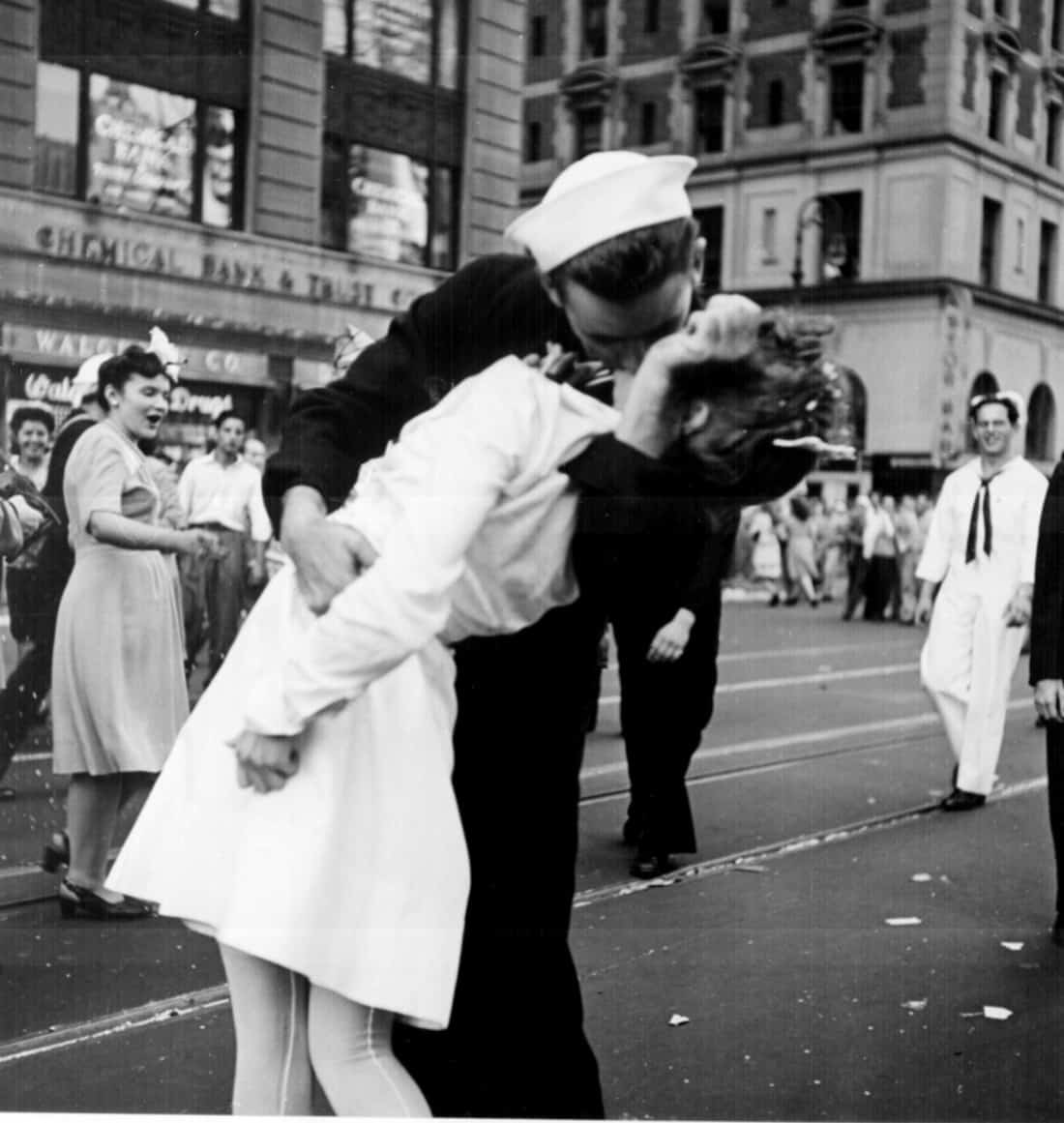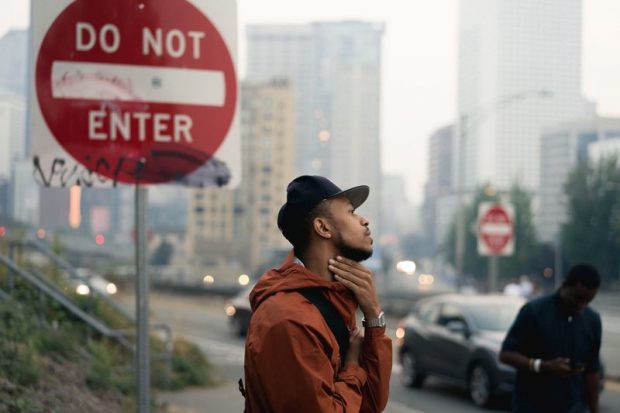The 9-Minute Rule for Framing Streets
What Does Framing Streets Mean?
Table of ContentsThe Best Guide To Framing StreetsHow Framing Streets can Save You Time, Stress, and Money.Our Framing Streets IdeasThe Main Principles Of Framing Streets The Basic Principles Of Framing Streets Framing Streets Fundamentals Explained
Digital photography genre "Crufts Dog Program 1968" by Tony Ray-Jones Street photography (additionally often called candid photography) is photography conducted for art or questions that features unmediated chance experiences and arbitrary cases within public locations, generally with the goal of capturing pictures at a decisive or emotional minute by careful framing and timing. 
His boots and legs were well specified, yet he is without body or head, because these were in movement." Charles Ngre, waterseller Charles Ngre. https://penzu.com/p/454a0d4b3b5b7826 was the very first professional photographer to acquire the technical class required to register people in activity on the street in Paris in 1851. Digital Photographer John Thomson, a Scotsman dealing with reporter and social activist Adolphe Smith, published Road Life in London in twelve monthly installments beginning in February 1877
Some Known Questions About Framing Streets.
Eugene Atget is pertained to as a progenitor, not due to the fact that he was the first of his kind, but as an outcome of the popularisation in the late 1920s of his record of Parisian streets by Berenice Abbott, who was inspired to carry out a similar paperwork of New york city City. [] As the city established, Atget assisted to promote Parisian streets as a worthy topic for digital photography. Visit This Link

The Best Strategy To Use For Framing Streets
Between 1946 and 1957 Le Groupe des XV each year exhibited work of this kind. Andre Kertesz. Circus, Budapest, 19 May 1920 Road photography formed the significant web content of two exhibitions at the Museum of Modern Art (Mo, MA) in New York curated by Edward Steichen, Five French Professional Photographers: Brassai; Cartier-Bresson, Doisneau, Ronis, Izis in 1951 to 1952, and Post-war European Digital Photography in 1953, which exported the concept of street photography globally.

The Best Guide To Framing Streets
The recording machine was 'a surprise electronic camera', a 35 mm Contax hidden below his coat, that was 'strapped to the chest and attached to a long cord strung down the ideal sleeve'. His work had little modern impact as due to Evans' level of sensitivities regarding the creativity of his project and the personal privacy of his subjects, it was not released till 1966, in the publication Numerous Are Called, with an intro created by James Agee in 1940.
Helen Levitt, after that an instructor of young youngsters, related to Evans in 193839. She recorded the temporal chalk drawings - photography presets that were part of children's road culture in New York at the time, in addition to the youngsters who made them. In July 1939, Mo, MA's brand-new digital photography section consisted of Levitt's work in its inaugural exhibitRobert Frank's 1958 book,, was significant; raw and usually out of emphasis, Frank's images questioned traditional photography of the time, "tested all the official guidelines put down by Henri Cartier-Bresson and Walker Evans" and "contradicted the wholesome pictorialism and wholehearted photojournalism of American magazines like LIFE and Time".